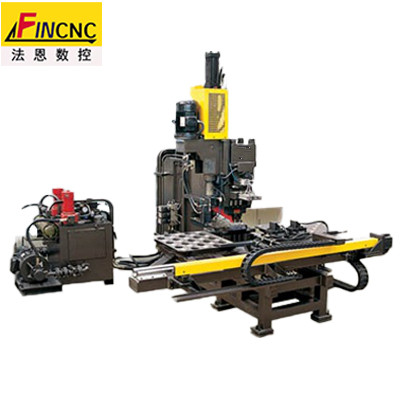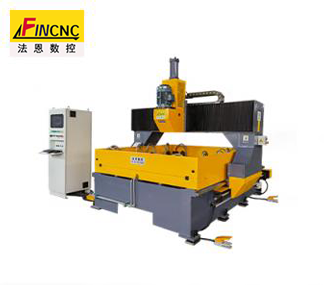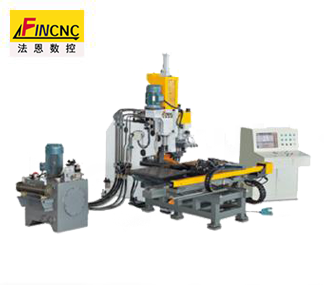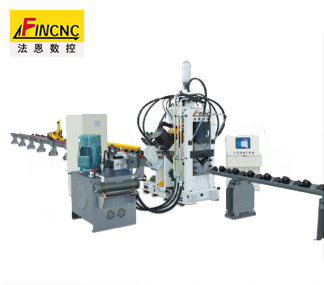Features and parameters of straight pipe flange group butt welding machine
Features and parameters of straight pipe flange group butt welding machine
The straight pipe flange group butt welding machine is used for the port butt joint of the hot coil flange, which can greatly improve the quality and efficiency of the hot coil flange welding, and ensure that the welding joint has no defects such as slag inclusions and pores, and almost no welding can be seen after turning. And can ensure that through ultrasonic flaw detection, close to or reach the quality of integrally formed flanges. The main features are as follows:
The straight pipe flange group butt welding machine adopts full hydraulic drive, and the key components are from well-known foreign brands, with stable working pressure and fast response;
Welding parameters and pressure specifications are all set by the man-machine interface and can be saved;
Comprehensive real-time monitoring of pressure, temperature, liquid level, welding current, and welding distance of the hydraulic station, automatic shutdown protection and prompts for abnormal alarms;
Welding mold quick change, wear-resistant design, and flange positioning function, improve work efficiency;
Using three-phase frequency conversion technology, the power factor is over 98%, and there is no need to compensate the power grid, saving energy;
Manual loading and unloading is possible, and the welding process is automatically completed.
The important process parameters of the straight pipe flange group butt welding machine are: extension length, flash reserve, flash speed, flash current density, etc.
1. Protrusion length of weldment:
The weldment extension length is the length that the weldment protrudes from the static fixture and the dynamic fixture, which can be selected according to the weldment and material properties. General 2. Glitter retention:
Consider the reserved length of the weldment shortened by the flash, also known as the burning amount, which can be selected according to the material properties, the section size of the weldment and whether it is preheated or not.
3. Flash speed:
Flash speed is the instantaneous approach speed of the weldment under steady flash conditions. Also known as the instantaneous feed speed of the moving fixture, also known as the burning speed.
Increase the secondary air-cut voltage, reduce the section size of the weldment, appropriately increase the preheating temperature, and use preheating (compared with continuous flash welding) to weld small-section chains (compared with large-section chains), welding is easy to oxidize and has good thermal conductivity. materials, can choose a higher flash speed.
When there are frequent interruptions due to the low flash speed in the later stage of the flash stage, dangerous oxide film interlayer defects are likely to occur in the joint; improperly increasing the flash speed will narrow the heating zone and increase the temperature gradient, and the required welding power will increase and Causes the increase of crater depth after lintel blasting.
It should be noted that the flash speed given in the general information is the average flash speed.
4. Flash current density (secondary no-load voltage):
The flash current density (secondary space-cut voltage) has a major influence on the heating of the weldment. It is related to the welding method, material properties and section size of the weldment. Usually vary within a wide range. The selection principle of the secondary no-load voltage is to choose a lower no-load voltage as far as possible under the condition of ensuring stable flashing, and also to minimize the short-circuit impedance of the welding machine, especially the resistance, so it is very important to keep the welding circuit clean .






